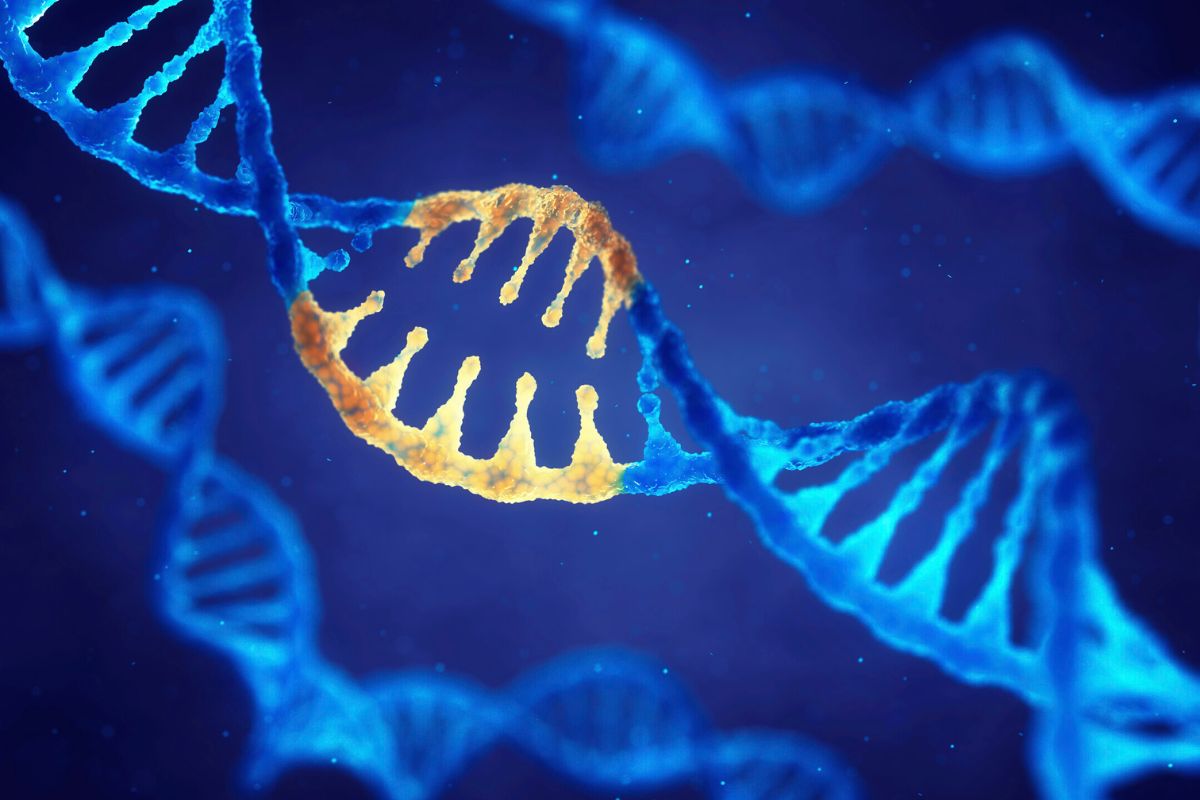Introduction:
Spatial transcriptomics is a revolutionary new technology that allows researchers to view gene expression in complex tissues and organs at a cellular resolution.
It combines the power of single-cell RNA sequencing with microscopy to create a 3D map of gene expression in a given sample.
By combining this data with other biological information, researchers can better understand the disease and develop therapies.
This technology is also used to study cancer, developmental biology, neuroscience, and more.
What is spatial transcriptomics?
Spatial transcriptomics is a cutting-edge technology that combines traditional gene sequencing with microscopy to measure the expression of genes in space.
This technique is used to capture the cellular and tissue-level organization of gene expression, which can provide valuable information regarding disease states or development.
By analyzing the spatial distribution of gene transcripts, scientists can gain insight into the underlying mechanisms of a disease or the development of an organism.
Spatial transcriptomics is a powerful tool for understanding the complexity of gene expression and is used to further our understanding of a variety of biological processes.
What are the current research and applications Of spatial transcriptomics?
-
Current Research
The creation of spatial tissue atlases and the characterization of the spatiotemporal heterogeneity of malignancies have both benefited greatly from the fast development of spatial transcriptomics (ST) technology in recent years.
ST has been applied to profile spatial heterogeneity in several cancer types at this time. Additionally, the use of ST is advantageous for locating and thoroughly comprehending particular spatial regions, such as the tumor interface and tertiary lymphoid structures (TLSs), which display distinctive tumor microenvironments.
Because of this, ST has also demonstrated considerable promise for enhancing pathology diagnosis and discovering new cancer prognostic variables.
-
Applications
Spatial Transcriptomics is a technique that combines the power of single-cell RNA sequencing with microscopy to study gene expression within tissue samples.
Applications of this technique include studying the spatial relationships between cell types, uncovering the architecture of the tissue, and identifying biomarkers of disease.
It is also used to study the genetic variation of a tissue and its correlation to disease onset and progression. As a result, spatial transcriptomics is used to gain a deeper understanding of a variety of biological processes and diseases, such as cancer, neurodegenerative diseases, and autoimmune diseases.
In addition, it is used to develop better therapeutic strategies, such as personalized medicine, to treat complex diseases.
Working Principle of Spatial Transcriptomics
Spatial Transcriptomics is a revolutionary technology that enables researchers to map gene expression across a tissue sample in three dimensions. It works by combining RNA sequencing with imaging techniques to offer an unprecedented level of detail in gene expression data.
It starts by cutting a tissue sample into thin slices, which are then treated with antibodies that bind to specific RNA molecules. The slices are then scanned with a high-resolution microscope to create a digital map of the tissue.
After the map is created, the RNA molecules are extracted from the tissue and sequenced. This allows researchers to determine which genes are expressed in each region of the tissue, giving an incredibly detailed look at the gene expression of the sample.
With this technology, researchers can gain a better understanding of how different genes interact with each other in order to form complex cellular networks and pathways.
Advantages and Disadvantages of Spatial Transcriptomics
-
Advantage
Transcriptomics is a powerful technique that can provide a wealth of information about the inner workings of a cell.
It is a powerful tool for analyzing the expression levels of all the genes in a cell, which can reveal the biological pathways and networks that are active in the cell.
Transcriptomics can also be used to measure the levels of gene expression in different conditions, providing insight into how the cell responds to changes in its environment and how it is regulated.
Moreover, transcriptomics is used to identify novel genes and to characterize gene expression in different tissues and cells. Overall, transcriptomics is a powerful technique for studying gene expression and understanding the complexity of gene networks, which is useful in many areas of research.
-
Disadvantage
Spatial Transcriptomics is an emerging technology that allows researchers to simultaneously map intact tissue structures and their associated gene expression.
While this technology is a powerful tool for understanding complex biological systems, it is not without its disadvantages. One of the major drawbacks is the cost associated with performing spatial transcriptomics experiments, which is much higher than traditional transcriptomics techniques.
Additionally, the data generated can be difficult to interpret and requires more advanced bioinformatic skills than other techniques.
Lastly, the spatial resolution of the technique is limited, making it difficult to precisely pinpoint the exact location of transcripts within the tissue.
Despite these drawbacks, spatial transcriptomics is an incredibly powerful tool for investigating gene expression in an unprecedented level of detail.
Conclusion
Spatial Transcriptomics is a powerful tool for studying gene expression at the single-cell level. Its advantages include the ability to detect expression patterns at high resolution and the ability to link gene expression to the location of cells within a tissue.
Its disadvantages include the need for large amounts of data to process, the limited number of samples that can be analyzed, and the cost of the reagents.
This technology is applied in a variety of fields, such as neuroscience, biochemistry, and cancer research. With its increasing popularity, there is a growing focus on further improving the technology and making it more accessible to researchers.
Current research is focused on improving the accuracy, scalability, and cost of the technology while expanding its applications.












